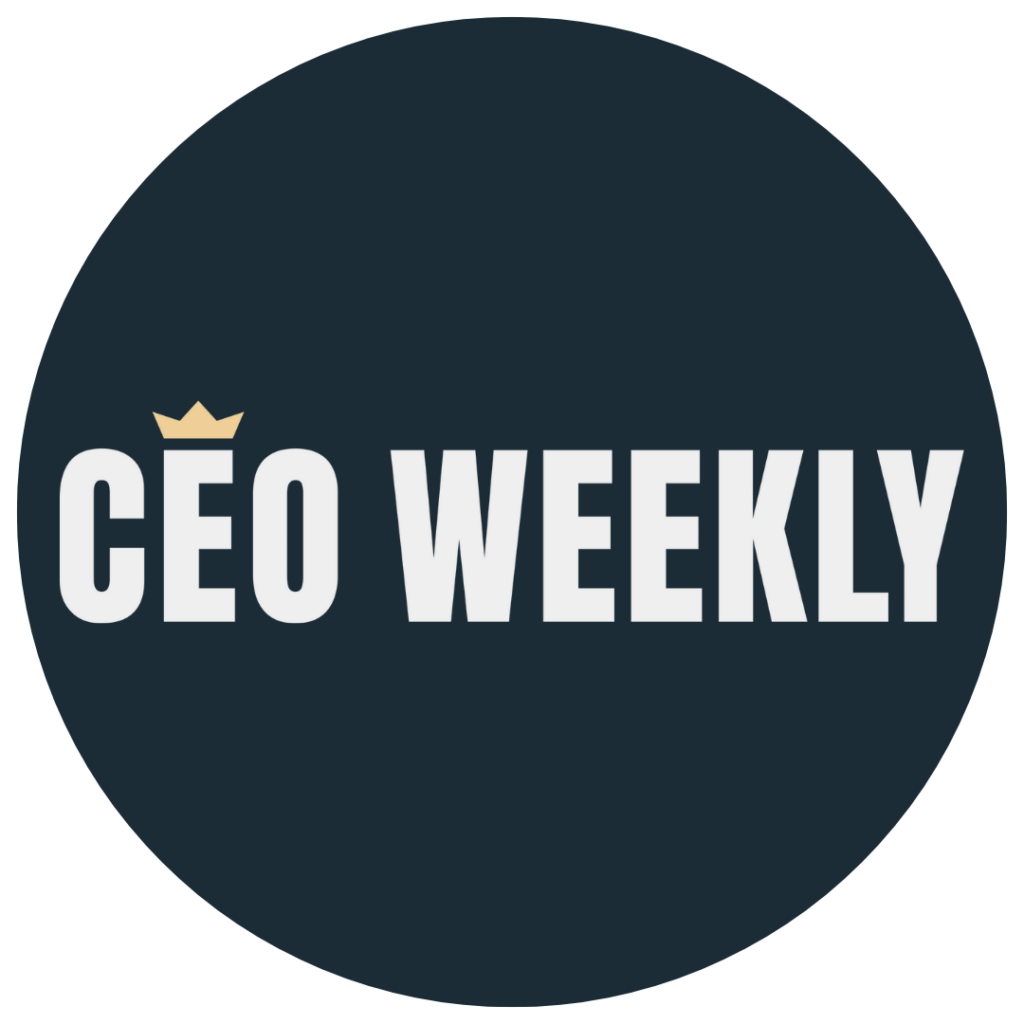Unraveling the Complex Web of Social Vulnerability
A recent investigation published in The American Journal of Medicine sheds light on the intricate relationship between social vulnerability and its impact on unhealthy lifestyle behaviors and overall health in the United States. Led by Ross Arena, PhD, and supported by the Healthy Living for Pandemic Event Protection (HL – PIVOT) Network in Chicago, the study delves into the geographic nuances of social vulnerability, emphasizing the need for precision medicine strategies to address specific communities and individuals.
Understanding the Crisis Within a Crisis: A National Perspective
Dr. Arena highlights the alarming discovery of a crisis within a crisis, specifically addressing a physical inactivity pandemic in the US. Despite a decade passing, national physical activity levels remain unacceptably low. The study reveals a concerning concentration of high social vulnerability and physical inactivity in distinct geographic regions, emphasizing the urgent need for targeted interventions.
The Crucial Role of Physical Activity in Healthy Longevity
Physical activity is a key factor in promoting both healthspan and lifespan, collectively known as “healthy longevity.” Even small increases in activity can significantly enhance an individual’s well-being. However, the study points out that the COVID-19 pandemic has likely contributed to decreased activity levels due to social distancing and stay-at-home orders.
Methodology: Unveiling the Relationship Between Social Vulnerability and Physical Inactivity
The research employed an in-depth statistical analysis, spatially comparing county-level data on physical inactivity prevalence with the Social Vulnerability Index (SVI). The study explores unique regional cultures in the US using the American Nations model, revealing clear and significant heterogeneity in social vulnerability across distinct regions.
Key Findings: Navigating the Social Vulnerability Landscape
The study uncovers several critical findings:
- Social Vulnerability’s Pervasive Influence: Social vulnerability significantly impacts physical inactivity prevalence, particularly concerning socioeconomic status and household characteristics.
- Regional Disparities in the US: The American Nations model exposes clear heterogeneity in social vulnerability, creating a “social vulnerability belt” across the southern US and highlighting areas of concern in northern and western Alaska.
- Overlap of SVI and Physical Inactivity: The distribution of SVI and physical inactivity prevalence aligns, suggesting a regional cultural influence on these adverse phenomena.
- Tailored Solutions for Geographic Regions: High levels of social vulnerability and physical inactivity concentrate in specific areas, necessitating customized solutions to address health disparities.
External Factors and Historical Perspectives: Unraveling Influences on Lifestyle
The study acknowledges external factors shaping lifestyle, including cultural and geographic overlays, first settler effects, and migration patterns of settler-colonizers from the 17th to 19th centuries. These factors contribute to rival cultural traditions, impacting decision-making on physical activity.
Moving Beyond Blanketed Approaches: Precision Medicine for Healthy Living
Co-investigator Nicolaas P. Pronk emphasizes the limitations of traditional health messaging and individual counseling approaches. The study advocates for a precision medicine approach, recognizing the need to understand the specific motivators behind an individual’s decision to be physically active.
Applying Precision Medicine to Foster Healthy Lifestyle Changes
Dr. Arena concludes by underlining the significance of considering social vulnerability and regional characteristics when designing health promotion campaigns. The study calls for a nuanced approach to address the diverse needs of communities and individuals, urging the adoption of precision medicine principles in the realm of healthy living.









